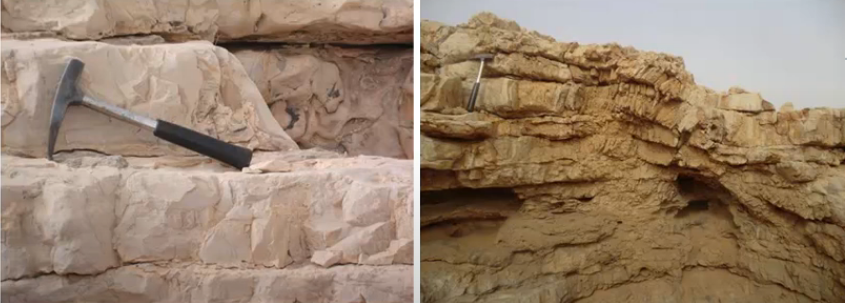
Objectives
The course aims to provide in-depth geologic and engineering basic concepts used to characterize, evaluate, and manage naturally-fractured reservoirs. The main objective is to contribute high-level job assignments in petroleum production from fractured reservoir as well as the understanding of oil/gas production from dual porosity systems.
————————————————————————-
Content
Course outline (12 hours/2 days)
Stress and Strain
Stress definition
Kinds of stress
Kinds of strain
Measurement of stiffness
Measurement of strength
Fractures and discontinuities
Non homogeneity and anisotropy of rocks
Discontinuities and fluid movement
Natural fractures
Origin of natural fractures
Fracture mode
Classification of natural fractures
Fracture types and sub-types
Mechanical aspects
Fracture morphology and deformation structures
Fractured reservoirs
Definition
Fluid flow
Permeability and factors controlling permeability
Porosity and factors controlling permeability
Porosity and porosity types
Anisotropy
Fractured reservoir evaluation
Avoid fracture denial: problems
Definition of a reservoir fracture vs fractured reservoir
Basic types of evaluation
General sequences of study
Fracture properties affecting reservoir performance
Fracture and matrix porosity communication
Basics of fracture and matrix porosity
Porosity-Permeability relationship
Compressibility and magnitude differences
Fracture porosity estimation
Reservoir management
Classification of fractured reservoirs
Aguilera and Nelson classification
Schematic distribution of fractured reservoir types
Attributes of fractured reservoir types
Detecting fractured reservoirs
Predicting fractured reservoir spacing and intensity
Identifying and developing fractured reservoirs
Review questions
Case Study: THE LANKASTER RESERVOIR – SCOTLAND

